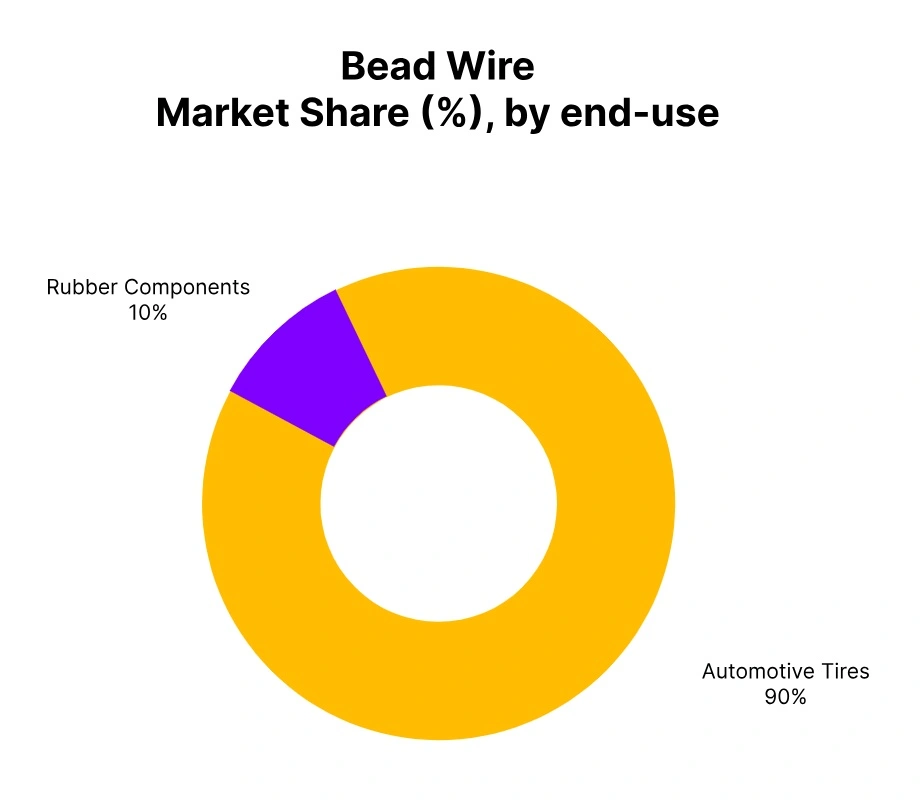Bead Wire Price Trend Q3 2025
According to PriceWatch, in Q3 2025, the global Bead Wire market followed a declining trajectory, with average prices falling by around 1.23% compared to the previous quarter. The downturn was primarily influenced by weaker demand from the tire manufacturing and automotive sectors, particularly in Asian markets such as China and India.
Producers maintained steady output levels despite moderate consumption, leading to inventory buildup and softer price realizations. Although raw material costs for high-carbon steel remained relatively stable, oversupply and limited downstream activity contributed to the overall price decline observed during the quarter.
China
Bead Wire Export prices FOB Qingdao, China, Grade 1.6 mm-HT.
According to PriceWatch, in Q3 2025, the bead wire price trend in China declined by 0.81% compared to the previous quarter, reflecting subdued demand from the domestic tire manufacturing sector. Weaker automotive production and slower replacement tire sales weighed on procurement activity, leading to softer market sentiment. Raw material costs for high-carbon steel wire rods remained relatively stable, but oversupply and competitive pricing among local producers exerted mild downward pressure on offers.
Export activity also moderated due to reduced overseas inquiries, keeping overall market conditions slightly bearish during the quarter. Bead wire prices in China declined by 0.39% in September 2025, primarily due to weakened demand from the tire manufacturing sector amid slower automotive production. Additionally, steady raw material availability and competitive domestic supply conditions exerted further pressure on market prices, keeping overall sentiment subdued during the month.
India
Bead Wire Export prices, Ex-North India, India, Grade: 0.95 mm.
According to PriceWatch, in Q3 2025, the bead wire price trend in India declined by 1.66% compared to Q2 2025, primarily due to sluggish demand from the tire and automotive manufacturing sectors. Lower vehicle production and cautious procurement by tire manufacturers led to reduced order volumes, putting mild downward pressure on domestic prices. Despite stable raw material costs for steel wire rods, competitive market dynamics and steady import availability from China further weighed on sentiment.
Overall, the market exhibited a soft tone, with manufacturers focusing on inventory management amid muted downstream activity. Bead wire prices in India declined by 0.08% in September 2025, mainly due to moderate demand from the automotive and tire manufacturing sectors amid stable production levels. Adequate domestic supply and limited export opportunities further contributed to the slight downward adjustment in market prices during the month.


